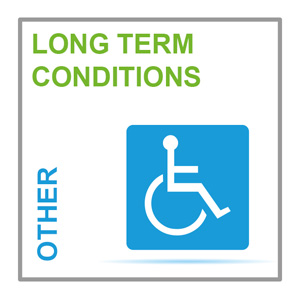OSTEOPOROSIS
Disorder where certain bones (notably vertebrae, hip bones, wrist bones) become fragile and at risk of fracture. Bone is an active tissue in a constant state of turnover. Bone density peaks at c. 30 years, and peak bone mass is boosted by weight-bearing exercise and adequate calcium intake. In some individuals, the subsequent decline in bone density escalates to osteoporosis. BUPA. Osteoporosis fact sheet with animation. https://www.bupa.co.uk/health-information/muscles-bones-joints/osteoporosis British Nutrition Foundation. Bone and joint health https://www.nutrition.org.uk/nutritionscience/health-conditions/bone-and-joint-health.html The Royal Osteoporosis Society https://theros.org.uk Guidance on drug therapy for primary and secondary prevention of osteoporosis, NICE TA160 & TA161, 2008 https://www.nice.org.uk/Guidance/TA161; https://www.nice.org.uk/guidance/TA160 Prevention and detection of osteoporosis, and management of existing disease, are important because of its potentially disabling consequences, for example, spinal collapse as a result of vertebral fractures, loss of mobility following a hip fracture. Risk factorsFactors associated with a high risk of osteoporosis include:
Other risk factors include:
Screening and treatmentRecommendations on eligibility for osteoporosis screening and treatment are complicated. Screening for osteoporosis is by dual-energy x-ray absorptiometry (DEXA) scanning (see table below), and drug treatment can boost bone strength. Risk estimationThe WHO developed the FRAX tool for evaluation of a patient’s fracture risk. Algorithms give a 10-year probability (absolute risk) of hip fracture and of a major osteoporotic fracture (spine, forearm, hip or shoulder). UK researchers have developed QFractureScores, alternative fracture risk algorithms for use in the UK. Practice Nurse featured article Prevention and management of osteoporosis in primary care Rose Toson Osteoporosis and fractures: diagnosis and management Kirsty Carne Practice Nurse Curriculum Module
FRAX Osteoporosis risk calculation tool https://www.shef.ac.uk/FRAX/tool.aspx QFractureScores https://www.qfracture.org |
|

